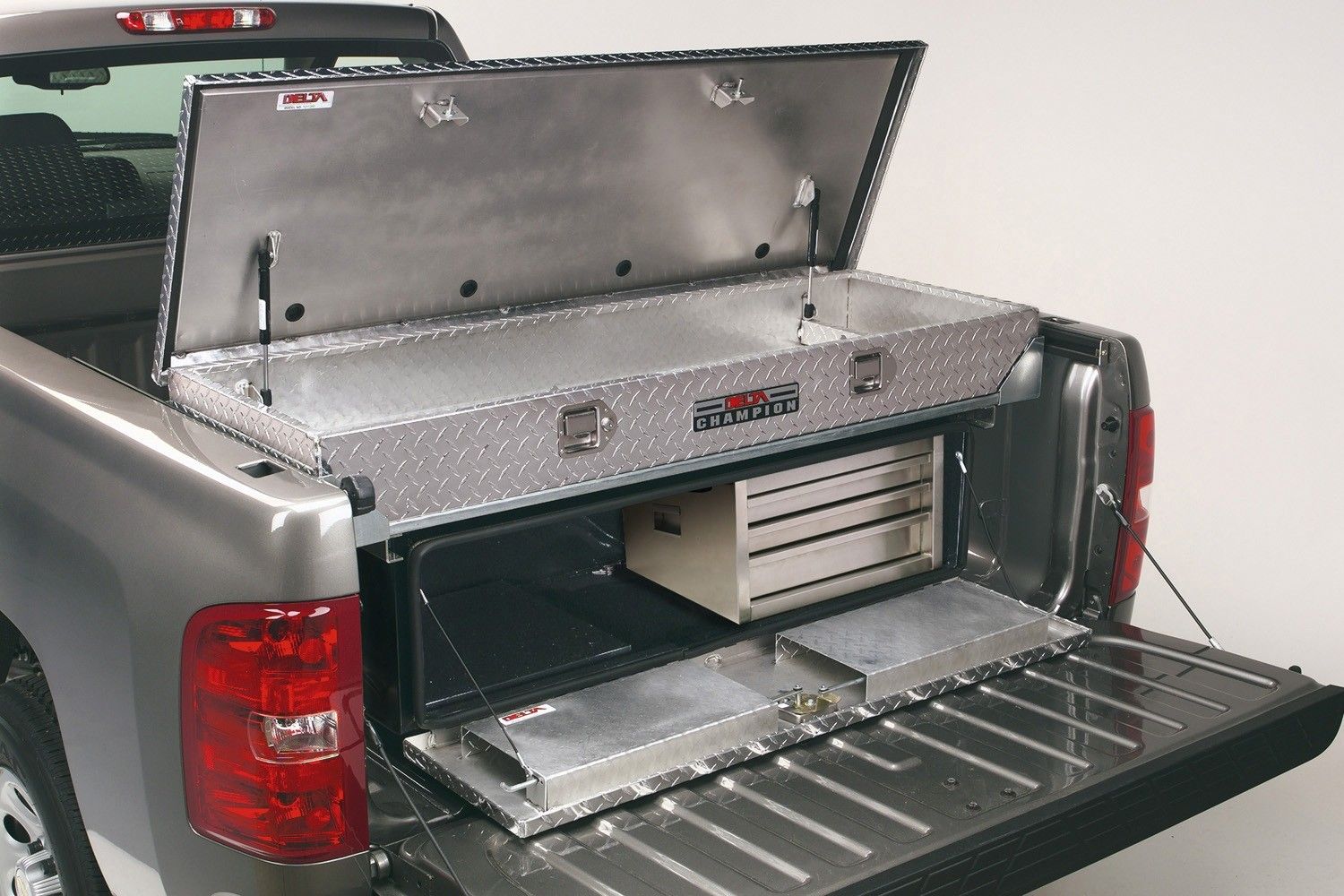

Articles
What Size Tool Box Fits My Truck
Modified: February 25, 2024
Discover the perfect tool box for your truck with our informative articles. Find the right size and style to fit your needs.
(Many of the links in this article redirect to a specific reviewed product. Your purchase of these products through affiliate links helps to generate commission for Storables.com, at no extra cost. Learn more)
Introduction
When it comes to optimizing the functionality and organization of your truck, a tool box is a must-have accessory. Whether you use your truck for work or recreation, having a reliable tool box can make all the difference in keeping your tools, equipment, and valuables secure and easily accessible.
However, choosing the right tool box for your truck can be a daunting task. With so many sizes, styles, and materials to choose from, it’s important to have a clear understanding of what will fit your truck best.
In this article, we’ll walk you through the factors to consider and help you determine the ideal size tool box for your truck. By the end, you’ll have all the information you need to make an informed decision to maximize your storage and organization needs on the road.
Key Takeaways:
- Choose the right tool box size by considering truck bed dimensions, storage needs, and future expansion. Balance storage capacity and space efficiency for optimal organization and functionality.
- Ensure a successful tool box installation by reading instructions, gathering necessary tools, and testing for stability. Regular maintenance will prolong the life of your tool box and keep it in optimal condition.
Read more: What Size Of Mattress Fits In A Truck Bed
Factors to Consider
Before diving into the specifics of tool box sizes, it’s essential to consider a few factors that will influence your decision. Taking these factors into account will help ensure that you choose a tool box that is not only the right size but also meets your unique needs and preferences.
1. Truck Type: The type and size of your truck will play a significant role in determining the suitable tool box size. Different truck models have varying bed dimensions, so it’s crucial to measure your truck bed accurately before making a purchase.
2. Purpose: Consider how you intend to use the tool box. Are you a contractor in need of a secure space for your tools? Or are you an outdoor enthusiast looking to store camping gear? Understanding the purpose will help you decide whether you need a larger tool box with multiple compartments or a smaller one for specific items.
3. Accessibility: Think about how easily you want to access your tools. If you often need quick and convenient access, a smaller tool box that sits near the cab of the truck might be more suitable. If you can spare some bed space and prefer a larger capacity, a chest-style tool box that opens from the top might be the right choice.
4. Budget: Consider your budgetary constraints. Tool boxes come in a wide price range, depending on factors like material, brand, and size. Determine how much you are willing to spend and look for options that fall within your budget without compromising on quality and durability.
5. Durability: Ensure that the tool box you choose is made of sturdy materials that can withstand the elements and potential rough handling. Weatherproof and corrosion-resistant features are essential, especially if you frequently travel through different weather conditions or use your truck for demanding work environments.
6. Aesthetics: While functionality should be a priority, aesthetics can also play a role in your decision. Consider how the tool box will look on your truck and if it complements your overall style. Many tool box options come in a variety of finishes and styles, so take some time to find one that matches your preferences.
By considering these factors, you’ll have a better understanding of your specific needs and be able to narrow down the options when it comes to choosing the right size tool box for your truck.
Truck Bed Measurements
Before selecting a tool box for your truck, it’s crucial to measure your truck bed accurately. This step is essential to ensure that the tool box you choose fits perfectly and doesn’t interfere with other elements of your truck.
Start by measuring the length, width, and depth of your truck bed. Measure from the inside of the bed, from the bulkhead (the front wall of the bed) to the tailgate. The width should be measured across the bed, from one side rail to the other. Finally, measure the depth by placing a straight edge or tape measure against the bed rails and measuring down to the bed floor.
Once you have these measurements, you can consider the different tool box options available. It’s important to note that truck bed measurements can vary depending on the make and model of your truck, so it’s always best to measure your own truck bed instead of relying on general size guidelines.
Additionally, keep in mind any obstructions or features in your truck bed that may limit the available space for a tool box. These can include items such as bed liners, bed rail caps, or tie-downs. Taking these factors into consideration will help you identify the maximum dimensions of a tool box that can comfortably fit in your truck bed.
Remember that while it’s essential to choose a tool box that fits your truck bed, allowing a little extra space can be advantageous. This allows for easier installation and removal of the tool box and provides some leeway for any future modifications or changes in your truck configuration.
By accurately measuring your truck bed and considering any potential obstructions, you will have a solid foundation for selecting a tool box that fits perfectly and maximizes the usability of your truck bed.
Types of Tool Boxes
When it comes to tool boxes for trucks, there are several types to choose from. Each type has its own unique features and benefits, so understanding the different options can help you make an informed decision about which one is best for your needs.
1. Cross Bed Tool Box: This type of tool box is designed to mount across the width of the truck bed, right behind the cab. Cross bed tool boxes provide ample storage space and are accessible from either side of the truck. They are ideal for larger items and are often used by contractors or individuals who regularly carry bulky tools.
2. Side Mount Tool Box: As the name suggests, side mount tool boxes are mounted on the side of the truck bed. They provide easy access to tools and equipment without having to climb into the bed. Side mount tool boxes are beneficial when you need quick access to frequently used items and don’t want to compromise bed space.
3. Chest Tool Box: Chest tool boxes are large, chest-style storage units that sit at the front of the truck bed. They often have a top-opening lid, providing easy access to the entire storage area. Chest tool boxes offer maximum storage capacity and are ideal for users who need to store a wide variety of tools and equipment.
4. Trailer Tongue Tool Box: If you use a trailer in conjunction with your truck, a trailer tongue tool box is worth considering. These tool boxes are specifically designed to mount on the tongue of the trailer, providing additional storage space for tools and accessories.
5. Wheel Well Tool Box: Wheel well tool boxes are installed in the empty space above the wheel well inside the truck bed. They are a great option for maximizing storage in an area that is often underutilized. Wheel well tool boxes are particularly useful if you need to carry tools while still maintaining a flat bed space.
6. Under Tonneau Cover Tool Box: Under tonneau cover tool boxes are designed to fit underneath a tonneau cover or truck bed cover. These tool boxes provide secure storage that is hidden from view, maintaining a clean and streamlined appearance while still offering convenient access to your tools and equipment.
Consider the type of tools you will be storing, the level of security you require, and how frequently you need access to your tools when deciding which type of tool box is right for you. Keep in mind that some tool boxes can also be combined or customized to meet your specific needs, allowing for increased versatility and functionality.
Now that you have an understanding of the different types, you can choose the one that best suits your storage requirements and enhances the organization of your truck bed.
When choosing a tool box for your truck, measure the width of your truck bed and consider the height of the box to ensure it doesn’t obstruct your rear view. Also, think about the amount of storage space you need for your tools and equipment.
Choosing the Right Size
Selecting the right size tool box for your truck is crucial to ensure optimal storage and organization. Here are some factors to consider when determining the appropriate size:
1. Truck Bed Dimensions: As mentioned earlier, accurately measure the length, width, and depth of your truck bed. Use these measurements as a guideline to determine the maximum dimensions your tool box can be to fit within the bed space.
2. Storage Needs: Evaluate your storage needs and the type of items you will be storing in the tool box. Are you primarily carrying hand tools, power tools, or larger equipment? Consider the overall dimensions of your tools and select a tool box size that can accommodate them comfortably.
3. Space Efficiency: While it can be tempting to opt for the largest tool box available, it’s essential to consider space efficiency. A tool box that is too large for your needs can take up valuable bed space, limiting your ability to carry other items or reducing your overall maneuverability. Finding a balance between storage capacity and space efficiency is key.
4. Weight Capacity: Consider the weight capacity of the tool box. This is especially important if you will be storing heavy tools or equipment. Ensure that the tool box you choose can handle the weight without putting excessive strain on your truck bed.
5. Future Expansion: Think about any future storage needs or potential changes in your truck requirements. If you anticipate needing additional storage space in the future, it may be wise to choose a slightly larger tool box to allow for future expansion.
6. Bed Accessibility: Consider how the tool box placement will impact accessing the rest of your truck bed. If you frequently need to load and unload large items, you might opt for a tool box that allows for easy access to the full length of the truck bed, rather than one that restricts access to certain areas.
7. Personal Preference: Lastly, consider your personal preference and style. Choose a tool box size that is visually appealing and complements the overall aesthetic of your truck.
By taking these factors into account, you can choose the right size tool box that meets your unique needs, enhances organization, and maximizes the functionality of your truck bed.
Read more: How To Secure Truck Tool Box
Installation Tips
Installing a tool box in your truck bed may seem like a daunting task, but with the right approach and a few handy tips, you can ensure a successful installation. Here are some installation tips to help you get started:
1. Read the Instructions: Before starting the installation process, carefully read the manufacturer’s instructions that come with your tool box. The instructions will provide specific guidance on how to properly install the tool box and any additional hardware or accessories that may be required.
2. Gather the Necessary Tools: Make sure you have all the necessary tools and equipment required for the installation. This may include a wrench, drill, screwdriver, and measuring tape, among others. Having the right tools on hand will make the installation process smoother and more efficient.
3. Prepare the Truck Bed: Before installing the tool box, ensure that the truck bed is clean and free of debris. Remove any items or accessories that may obstruct the installation or interfere with the tool box’s placement.
4. Positioning: Carefully position the tool box in the desired location within the truck bed. Take into account any obstructions or features in the bed, such as bed liners or tie-downs, and adjust the placement accordingly. Use a measuring tape to ensure the tool box is centered and aligned properly.
5. Secure the Tool Box: Once you are satisfied with the position of the tool box, secure it to the truck bed according to the manufacturer’s instructions. This may involve attaching clamps or using mounting brackets and bolts. Make sure the tool box is firmly attached to prevent any movement or rattling during transport.
6. Test for Stability: After installation, give the tool box a gentle shake to check for stability. Ensure that it is securely fastened and doesn’t wobble or shift when the truck is in motion. Make any necessary adjustments or tighten any loose bolts or clamps as needed.
7. Check for Compatibility: If you have a tonneau cover or other truck bed accessories, make sure they are compatible with the installed tool box. Ensure that the cover can still be opened and closed without interference from the tool box and that it provides a proper seal for weatherproofing.
8. Regular Maintenance: To ensure the longevity of your tool box and its secure installation, perform regular maintenance. Check the mounting hardware periodically to ensure it remains tight and secure. Clean the tool box as needed and address any rust or corrosion promptly.
By following these installation tips, you can confidently and effectively install your tool box, ensuring a secure and functional storage solution for your truck bed.
Conclusion
Choosing the right tool box size for your truck is a critical decision that can greatly enhance the functionality and organization of your truck bed. By considering factors such as truck bed dimensions, storage needs, space efficiency, and personal preference, you can make an informed decision that meets your specific requirements.
Remember to measure your truck bed accurately, taking into account any obstructions or features that may affect the available space. Consider the type of tools and equipment you’ll be storing, as well as your future storage needs. Finding a balance between storage capacity and space efficiency is key.
Once you have chosen the appropriate tool box size, follow the manufacturer’s instructions for installation and secure the tool box properly to ensure stability and minimize movement during transport. Regular maintenance will also help prolong the life of your tool box and keep it in optimal condition.
Ultimately, a well-chosen and properly-installed tool box will provide you with secure storage, easy access to your tools, and peace of mind knowing that your belongings are organized and protected while on the road.
So, take the time to research and consider your options, measure your truck bed accurately, and choose a tool box that meets your storage needs and preferences. With the right tool box installed, your truck will be equipped to handle any task or adventure that comes your way.
Frequently Asked Questions about What Size Tool Box Fits My Truck
Was this page helpful?
At Storables.com, we guarantee accurate and reliable information. Our content, validated by Expert Board Contributors, is crafted following stringent Editorial Policies. We're committed to providing you with well-researched, expert-backed insights for all your informational needs.
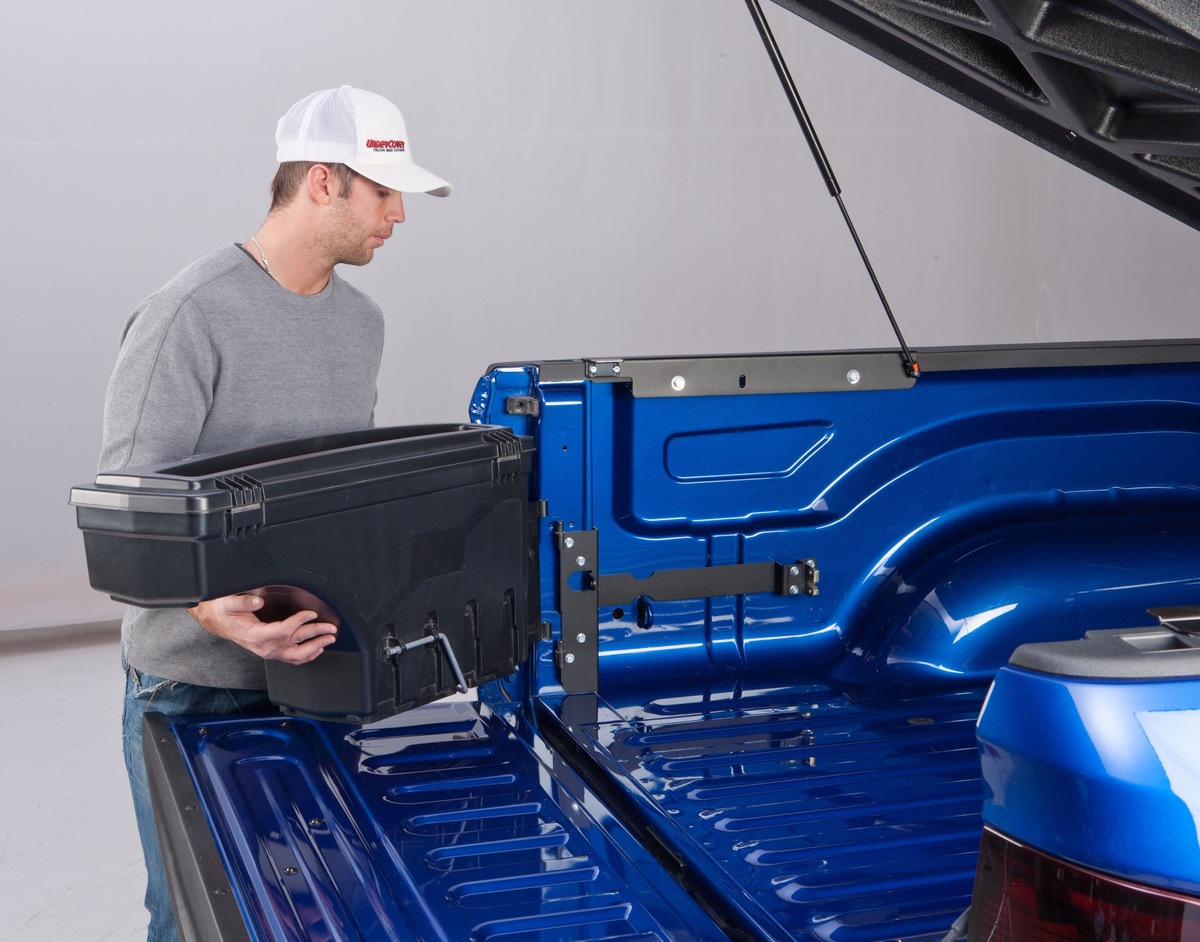
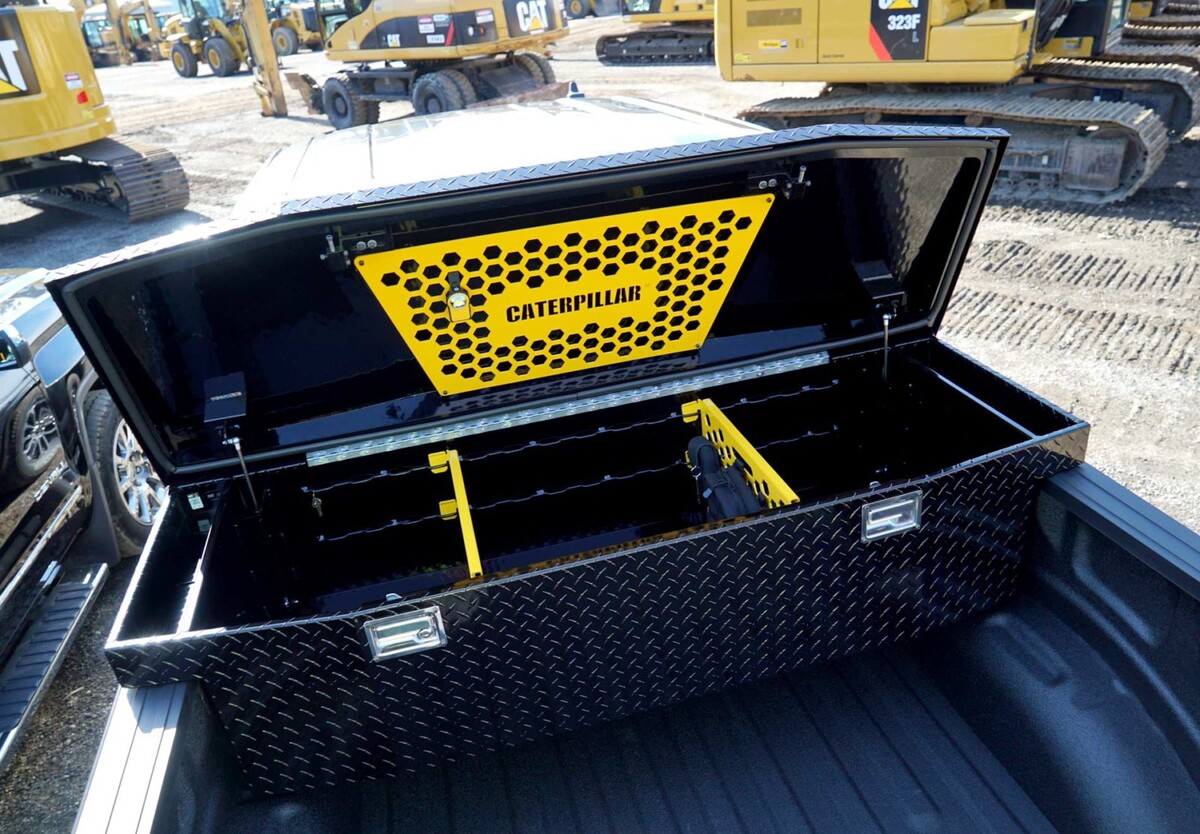
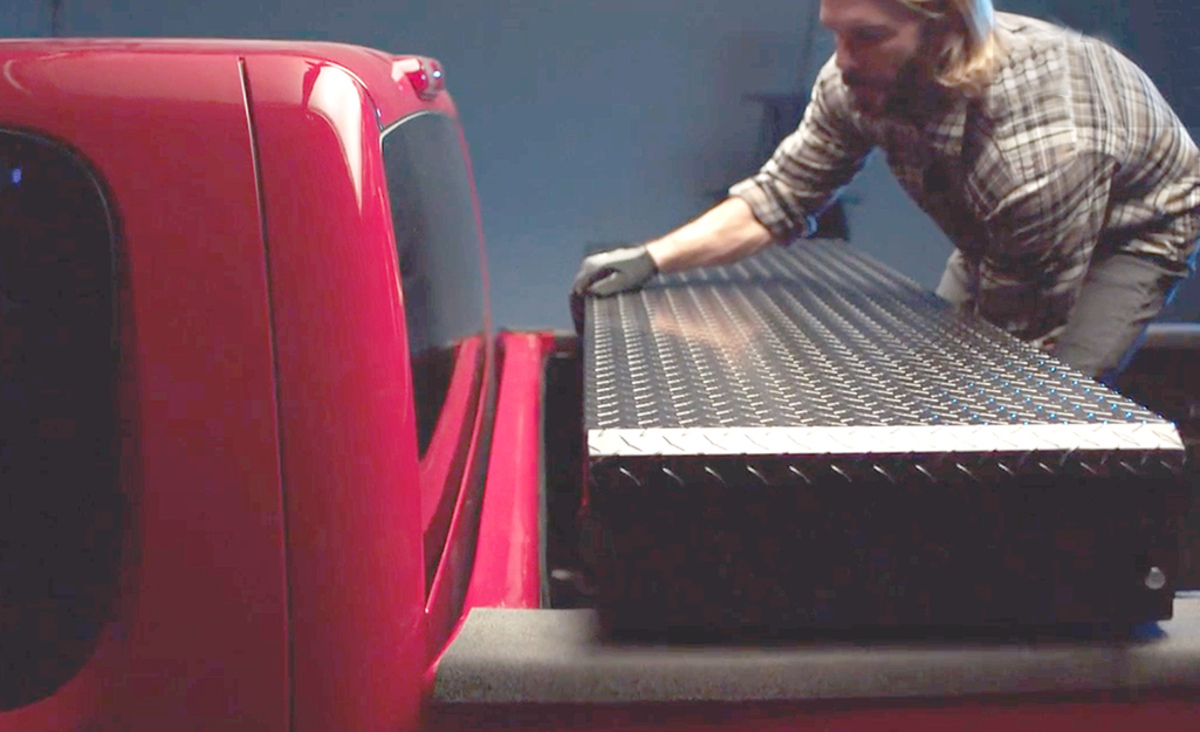
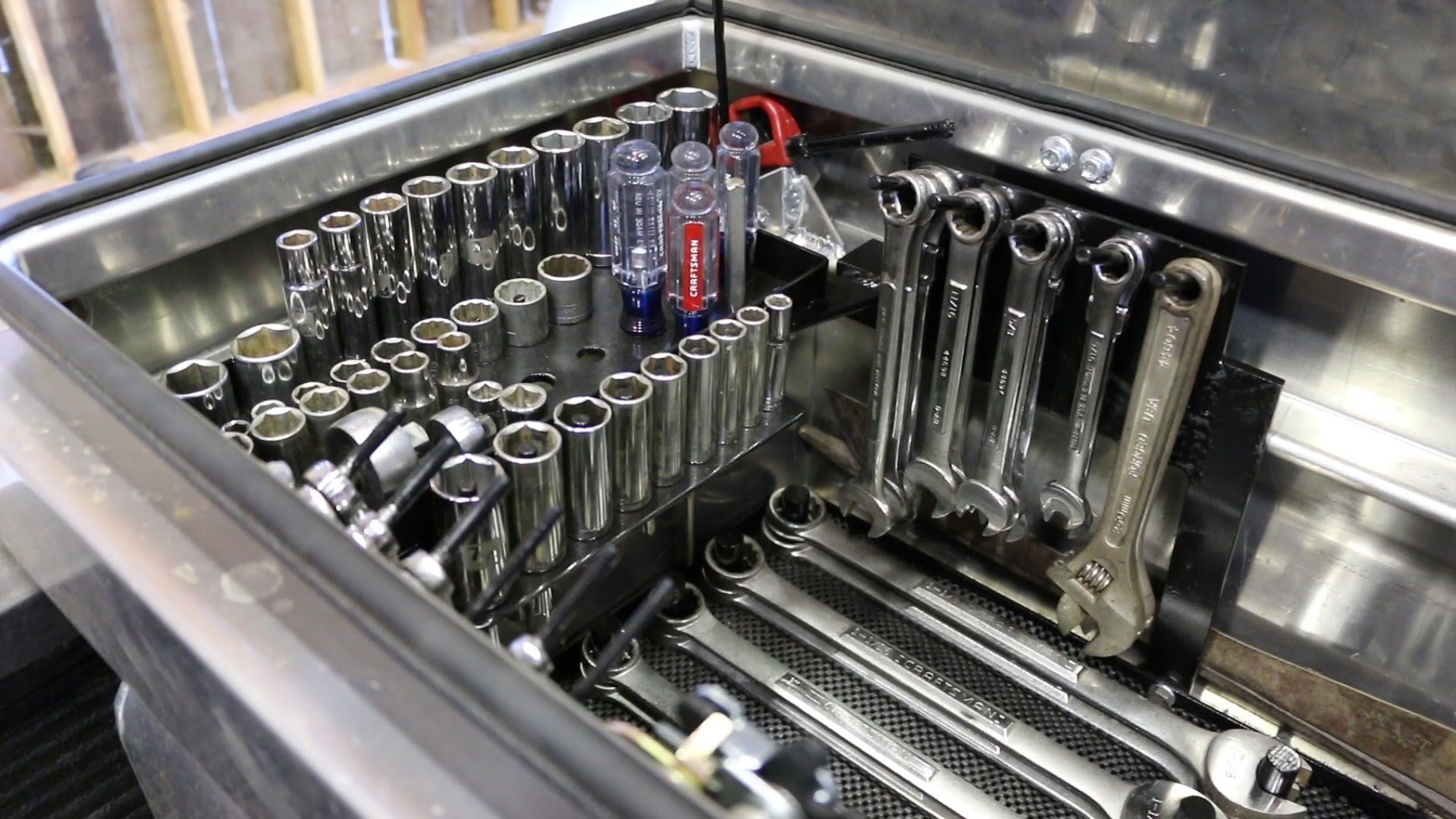
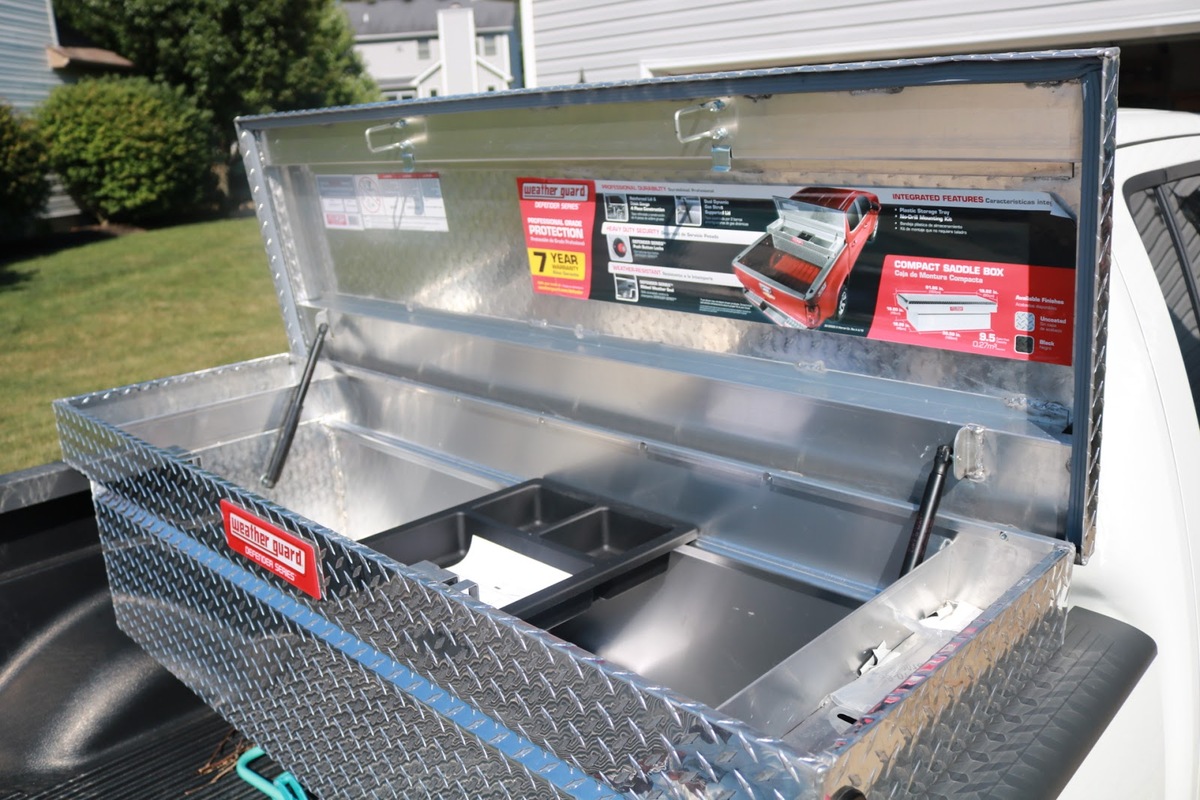
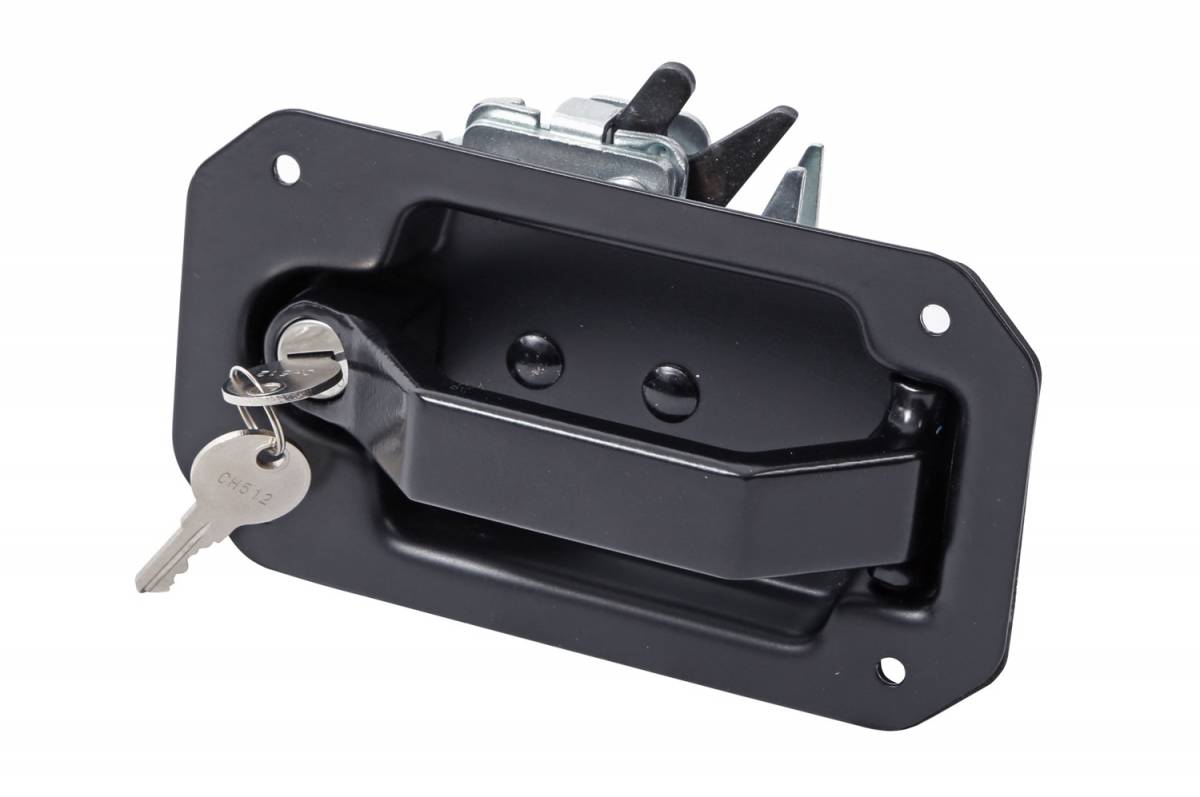
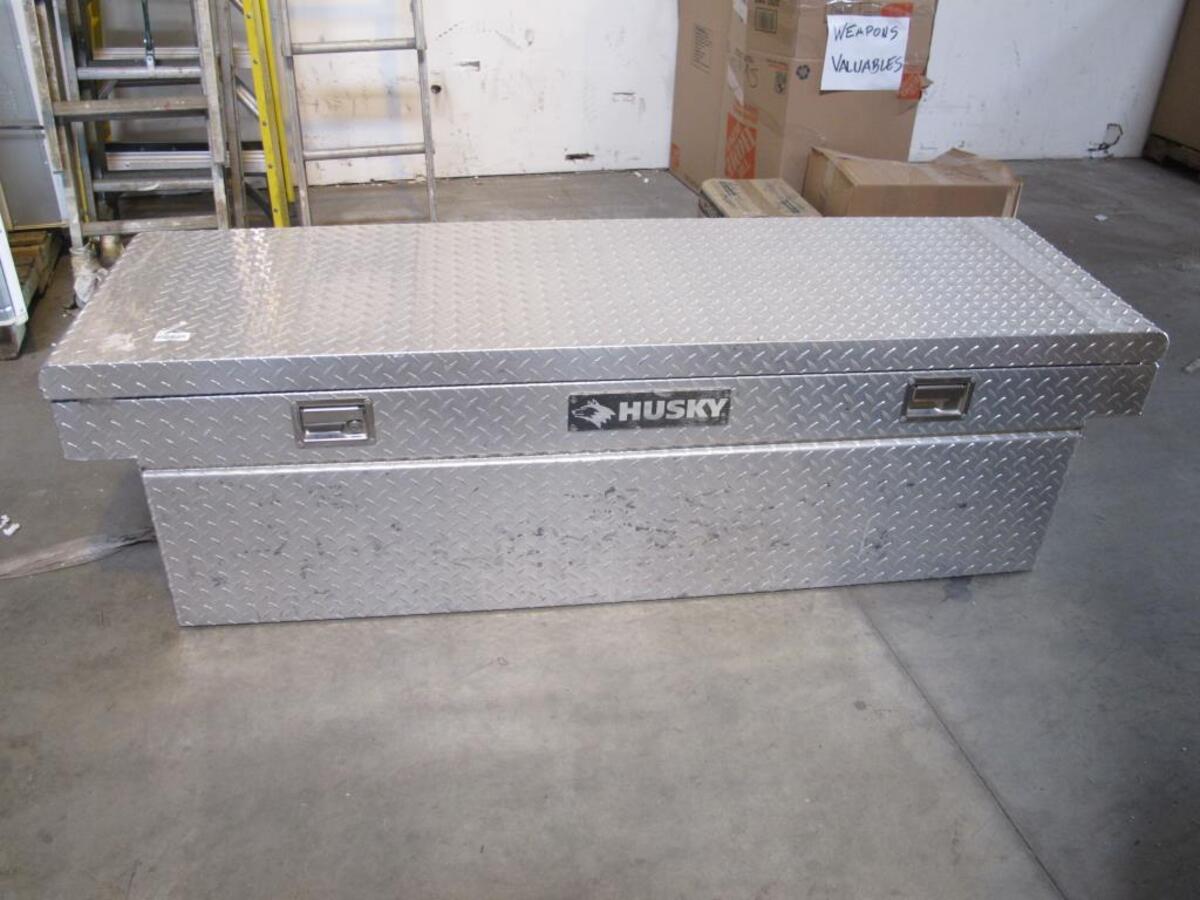
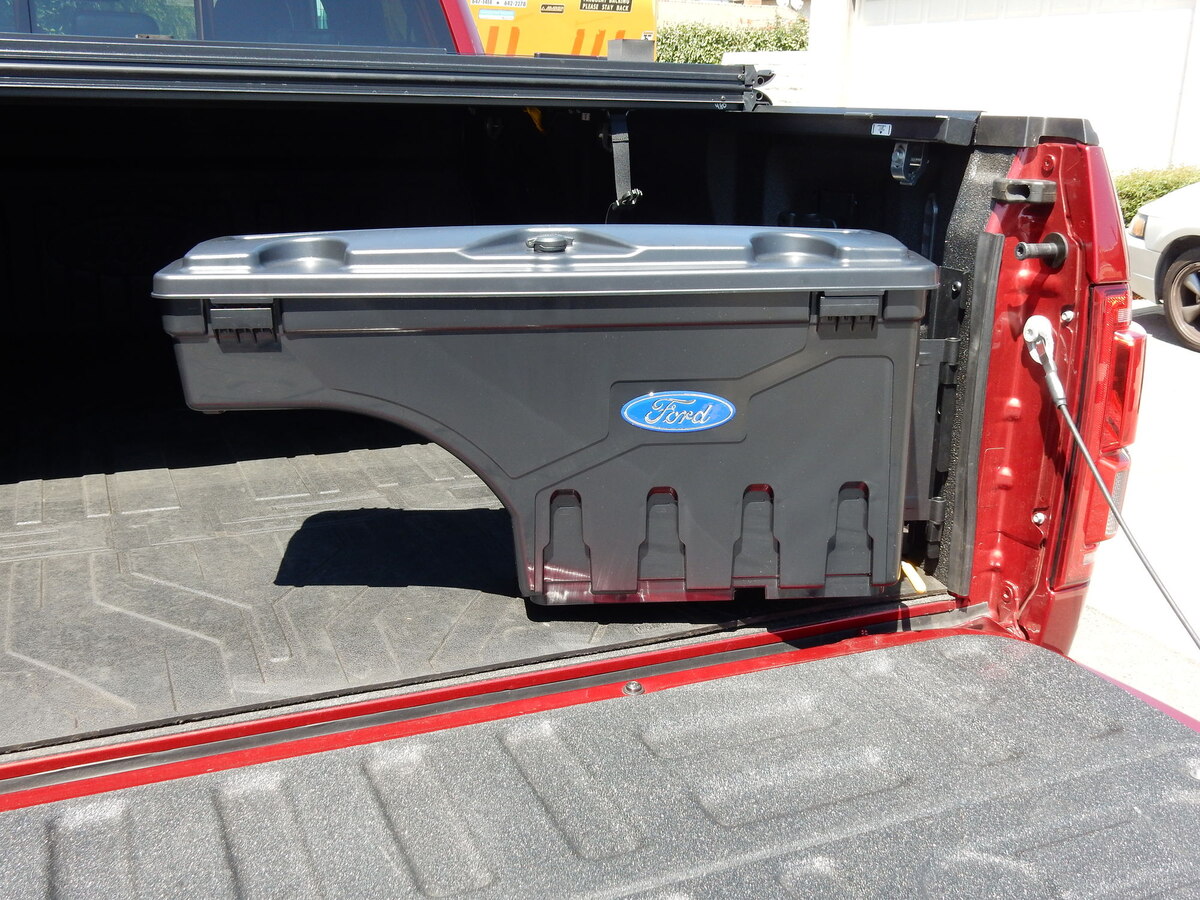
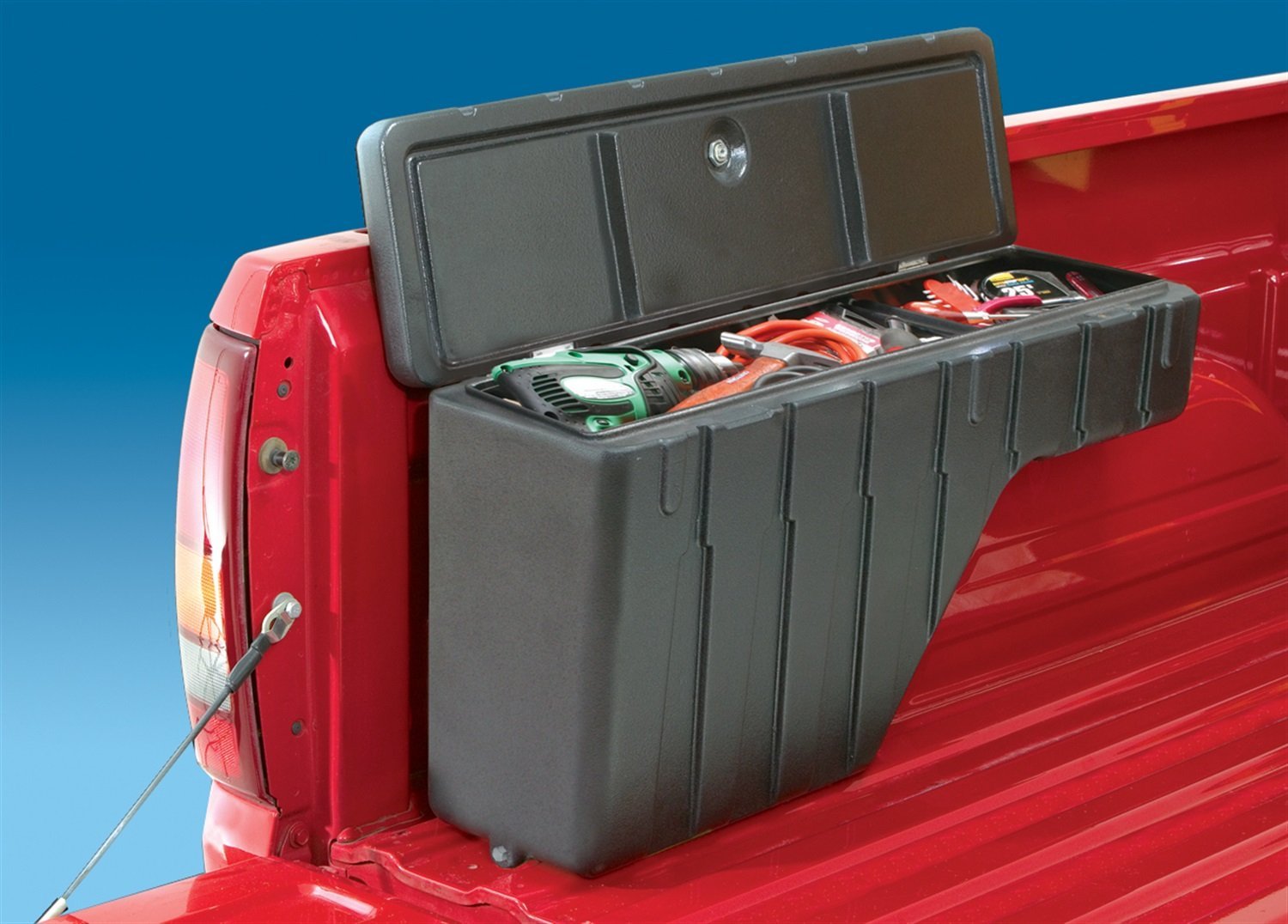
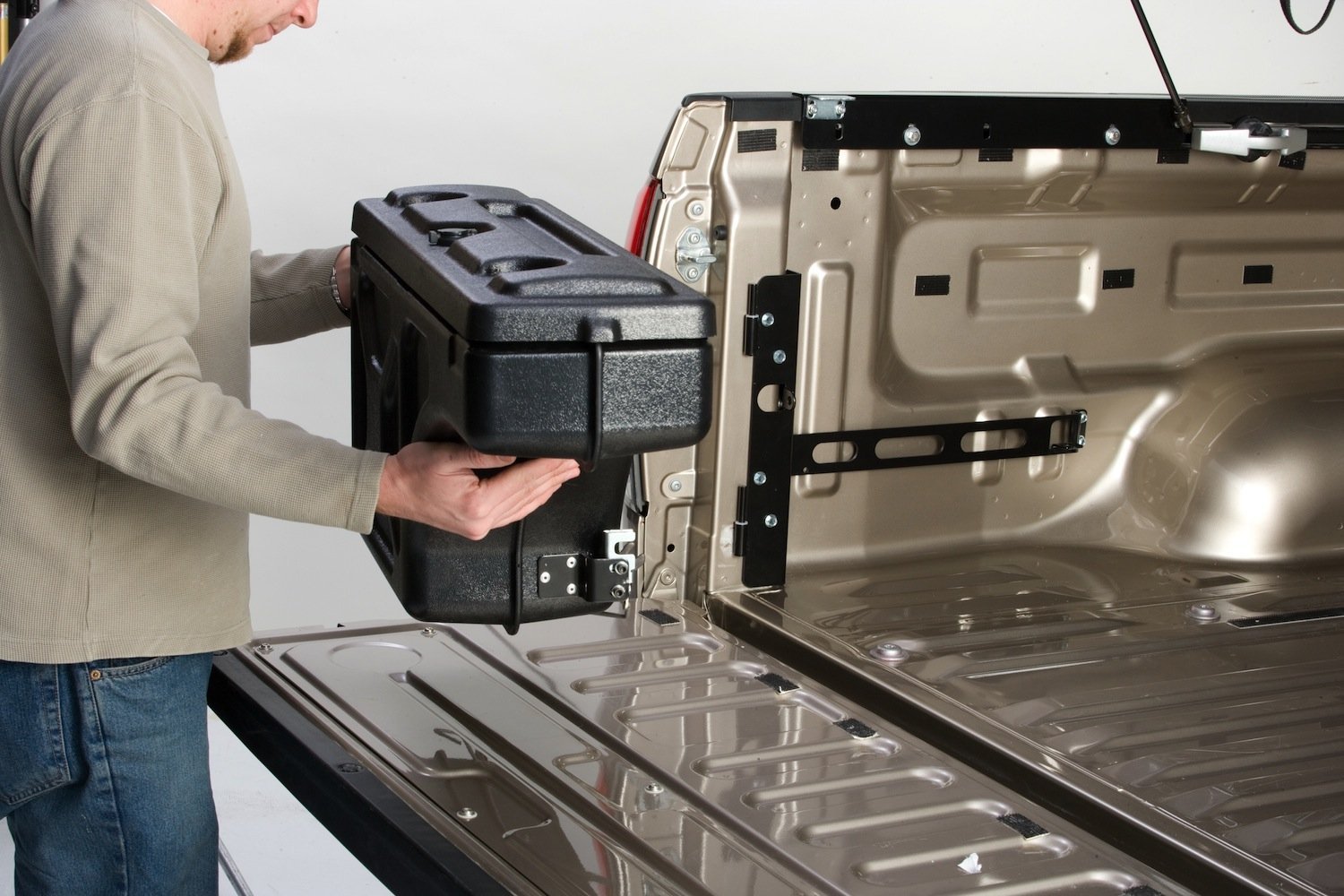
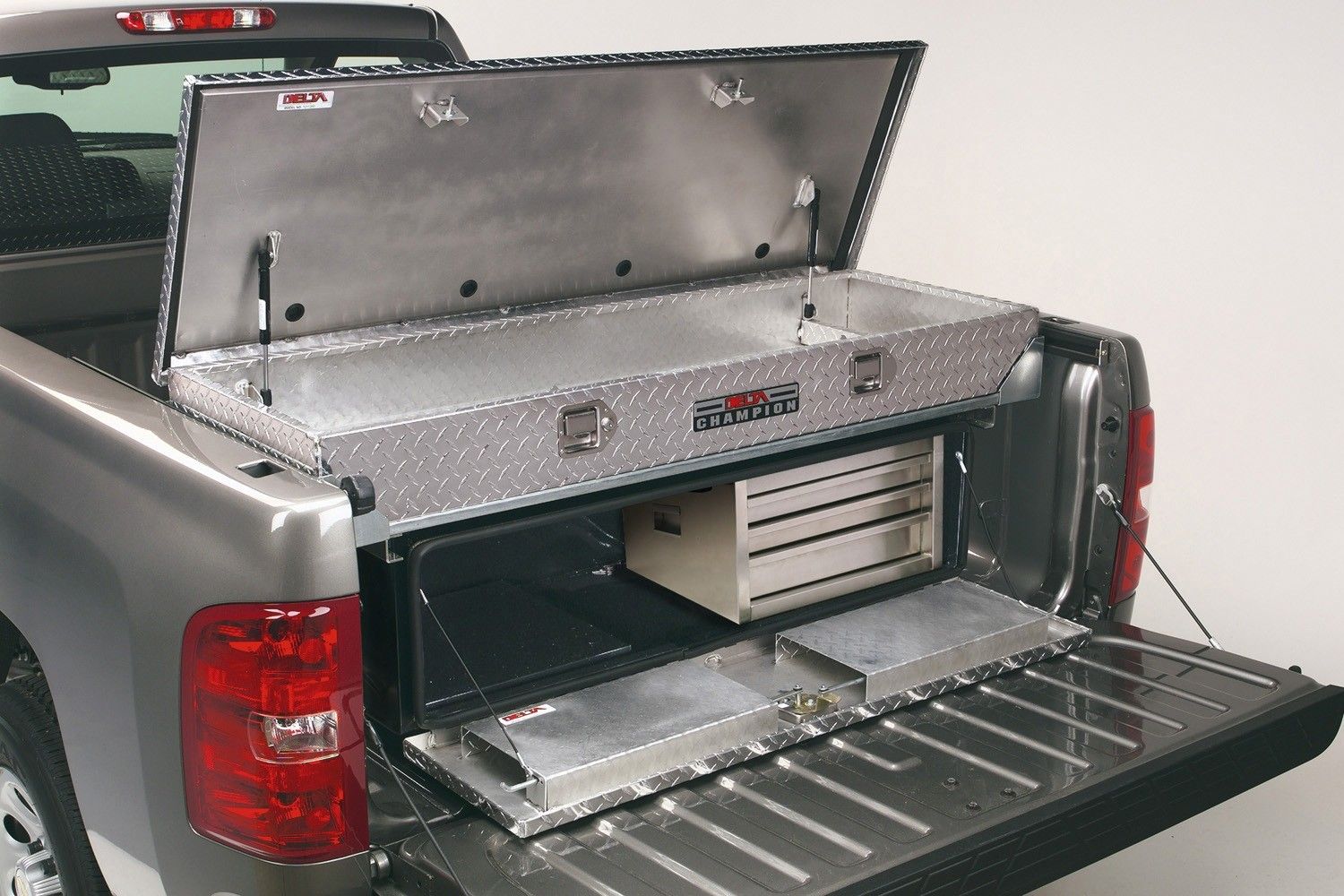
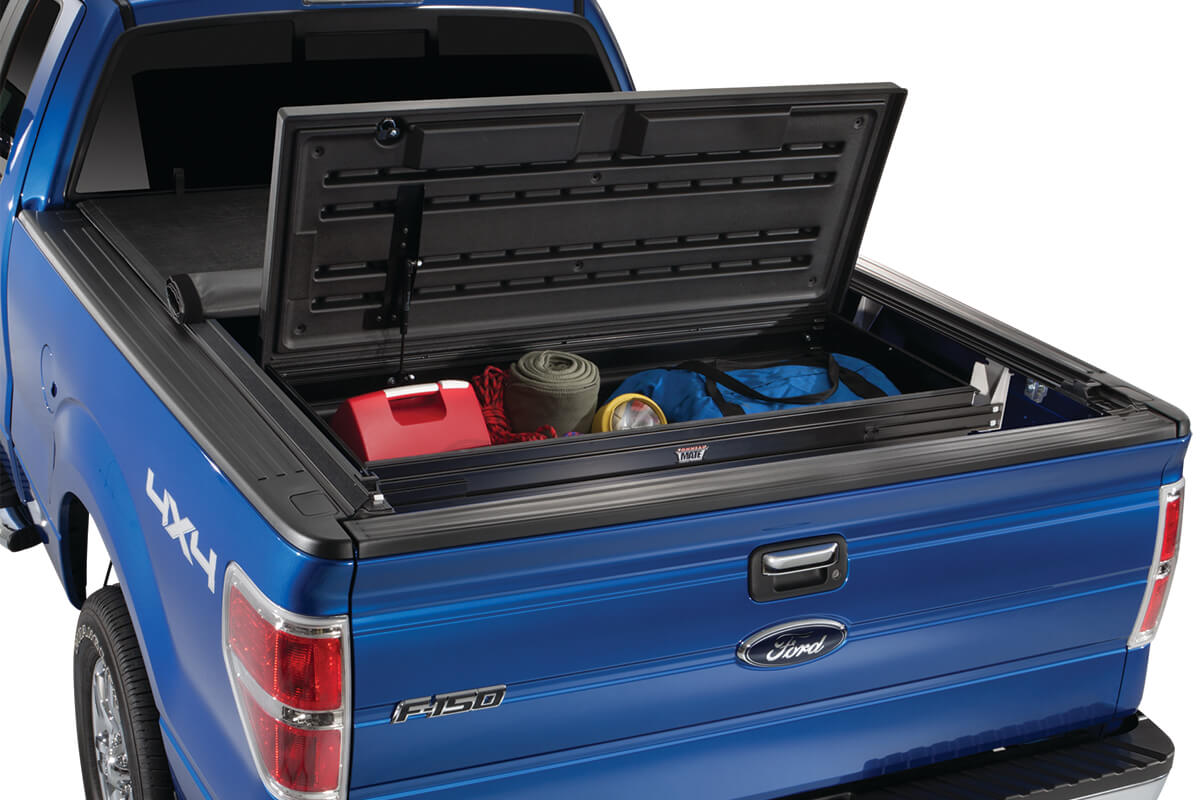
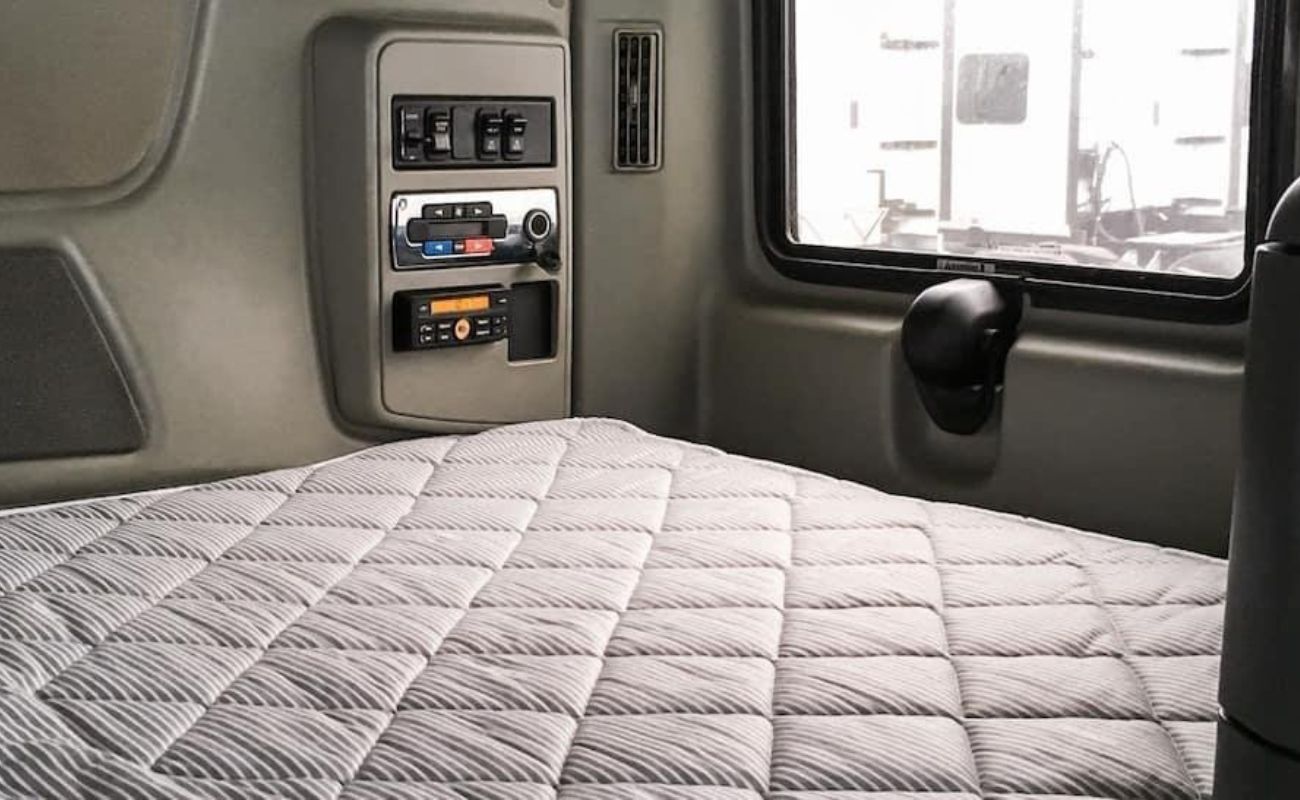
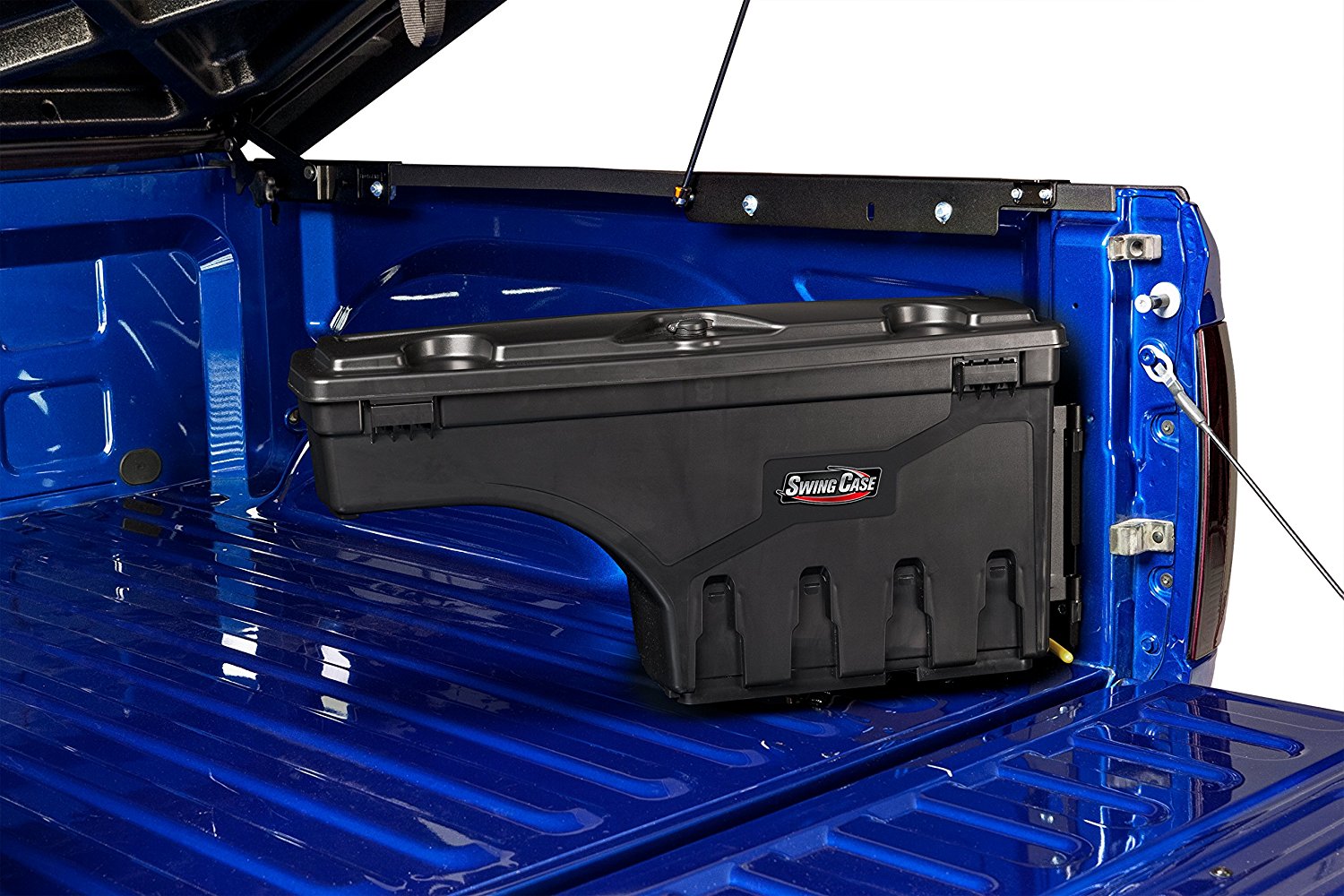

0 thoughts on “What Size Tool Box Fits My Truck”